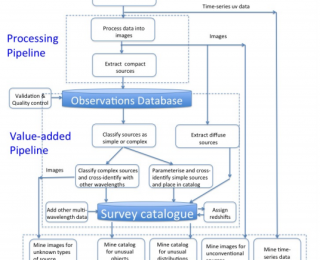
by Anson Lam | Dec 1, 2016 | Daily Paper Summaries
The majority of groundbreaking astronomical discoveries are completely unexpected. With a multitude of next-generation telescope surveys being planned or under construction, how can we maximize our chances of coming across these serendipitous finds?
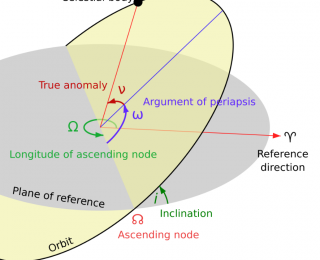
by Anson Lam | Sep 27, 2016 | Daily Paper Summaries
Spinning stars can potentially double the number of seasons that a planet experiences due to surface temperature variations on the stellar surface.
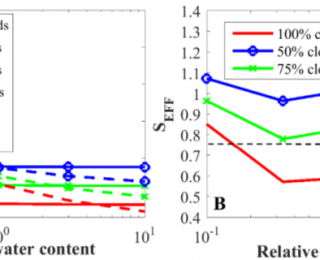
by Anson Lam | Aug 17, 2016 | Daily Paper Summaries
Early in its history, cloudy weather could have helped Mars retain enough heat for liquid water to exist on its surface.
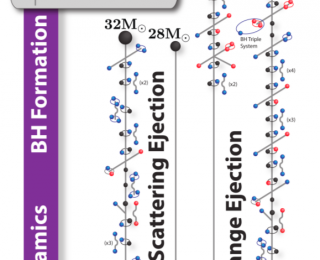
by Anson Lam | Apr 22, 2016 | Daily Paper Summaries
The dense environments in the center of globular clusters lead to an abundance of binary black hole mergers, potentially detectable by LIGO.
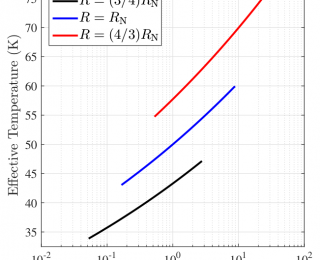
by Anson Lam | Mar 14, 2016 | Daily Paper Summaries
Simple physical models can yield useful insights into the structure of planets in the outer Solar System.





